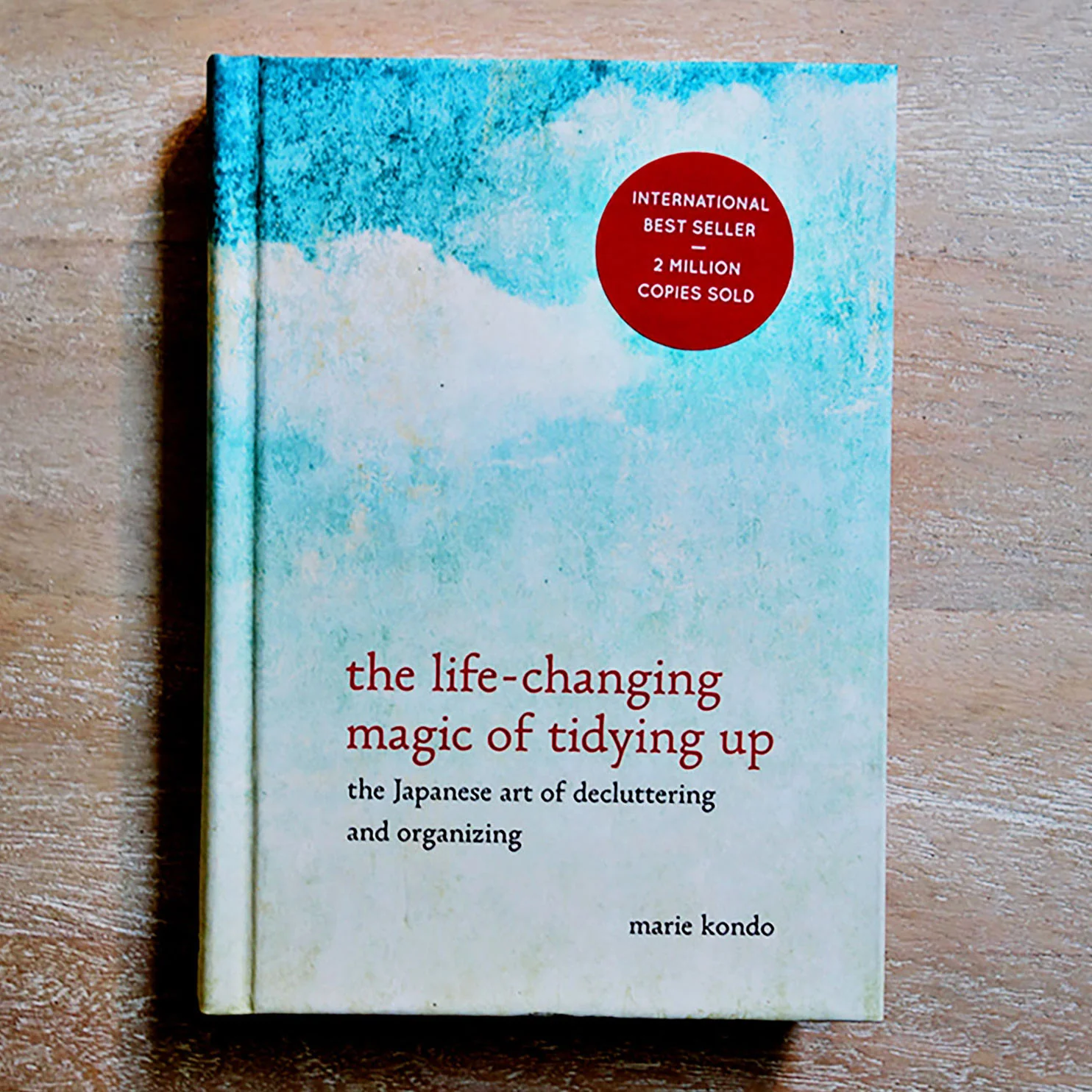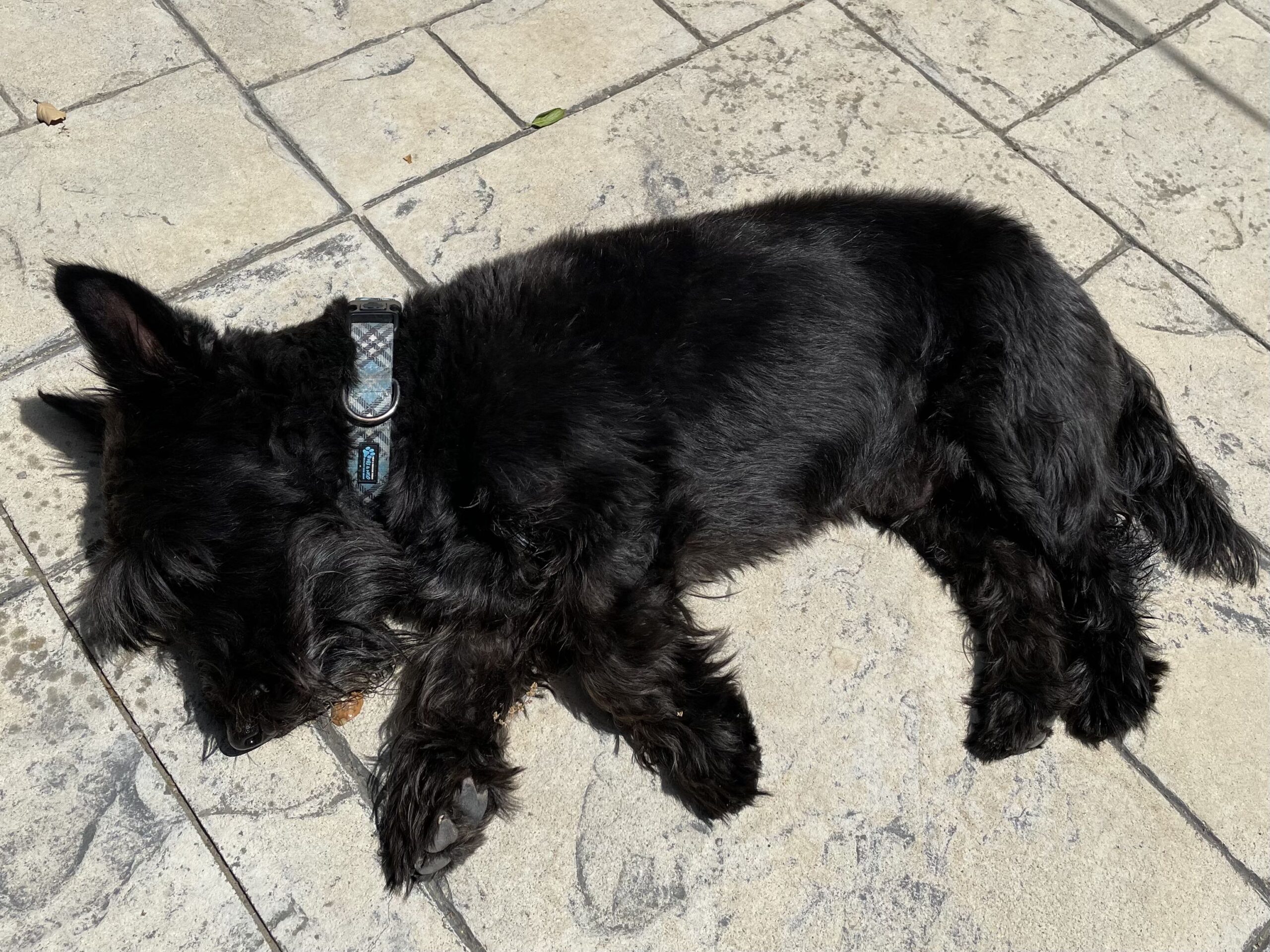
My Life is Better with Less Clutter
May 26, 2023
I was not born with the “neat and tidy” gene. In fact, everything about me wants to be messy. My mom and dad had to deal with it while I was growing up. My dad tried some rather drastic measures to help me address my shortcomings. One time, after asking me for the 234th time […]
Architects / Jon Marley / KonMari / Marie Kondo / Neil Schmidt / Organization / Teaching

In Search of Downshifting, or How to Be More Like My Dogs
April 28, 2022
My first two posts in this series on living a long and healthy life focused on moving naturally throughout the day and holding a strong sense of purpose. This week and for Part 3 of this series, I am focusing on downshifting. The Blue Zones research suggests that people in the longest living societies find […]
Blue Zones / retirement / Sleep / Superintendent / Teaching

